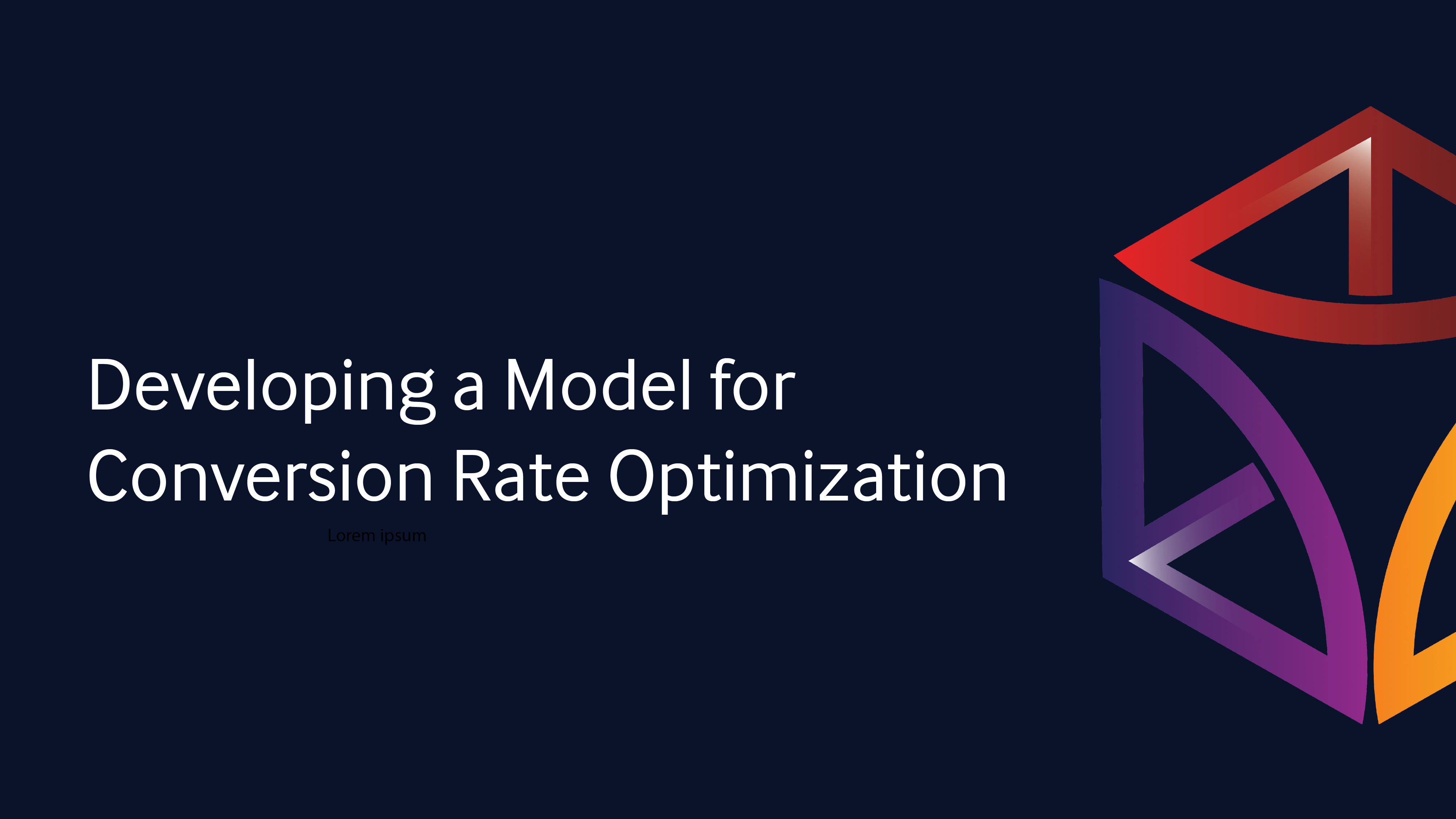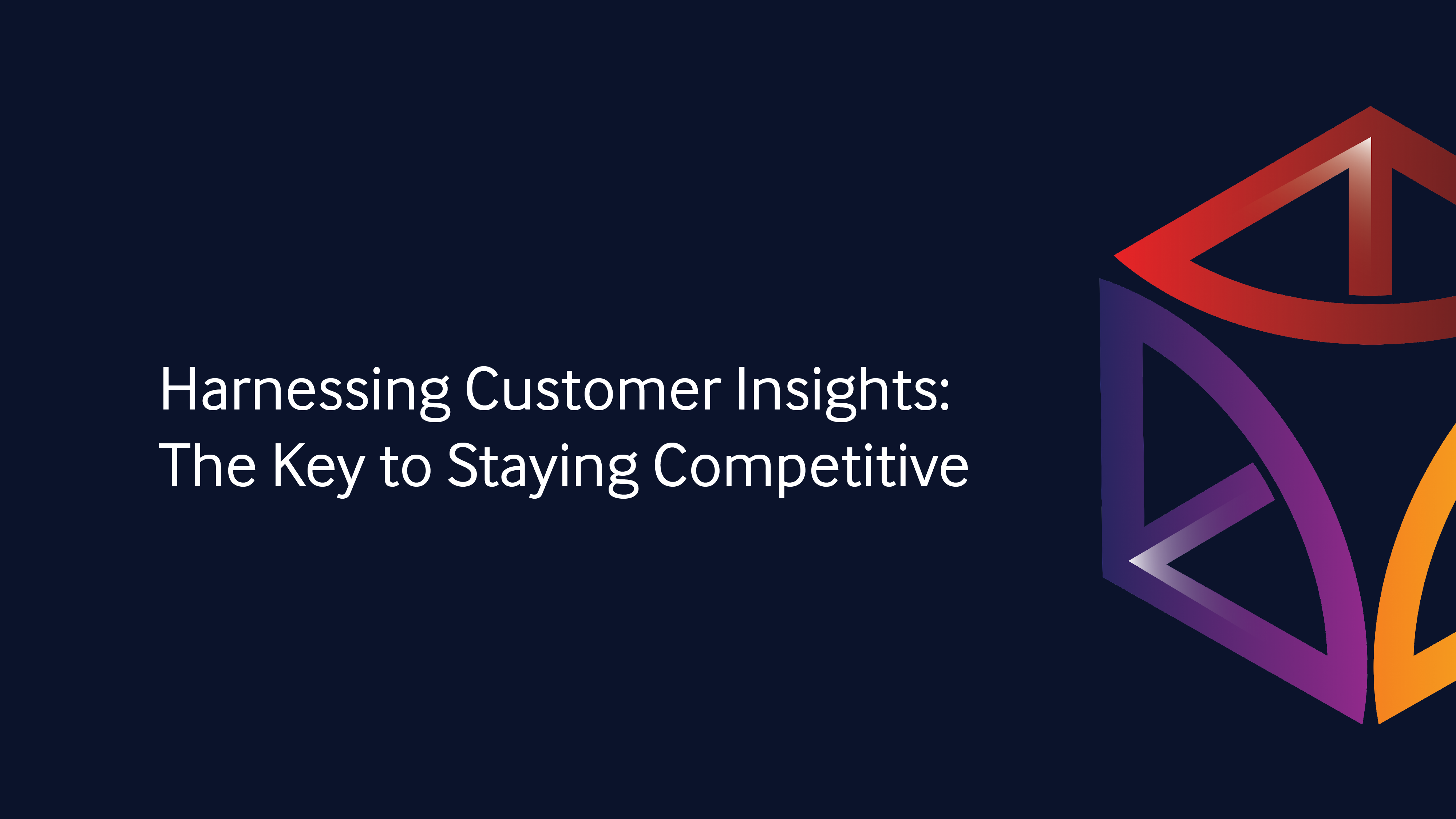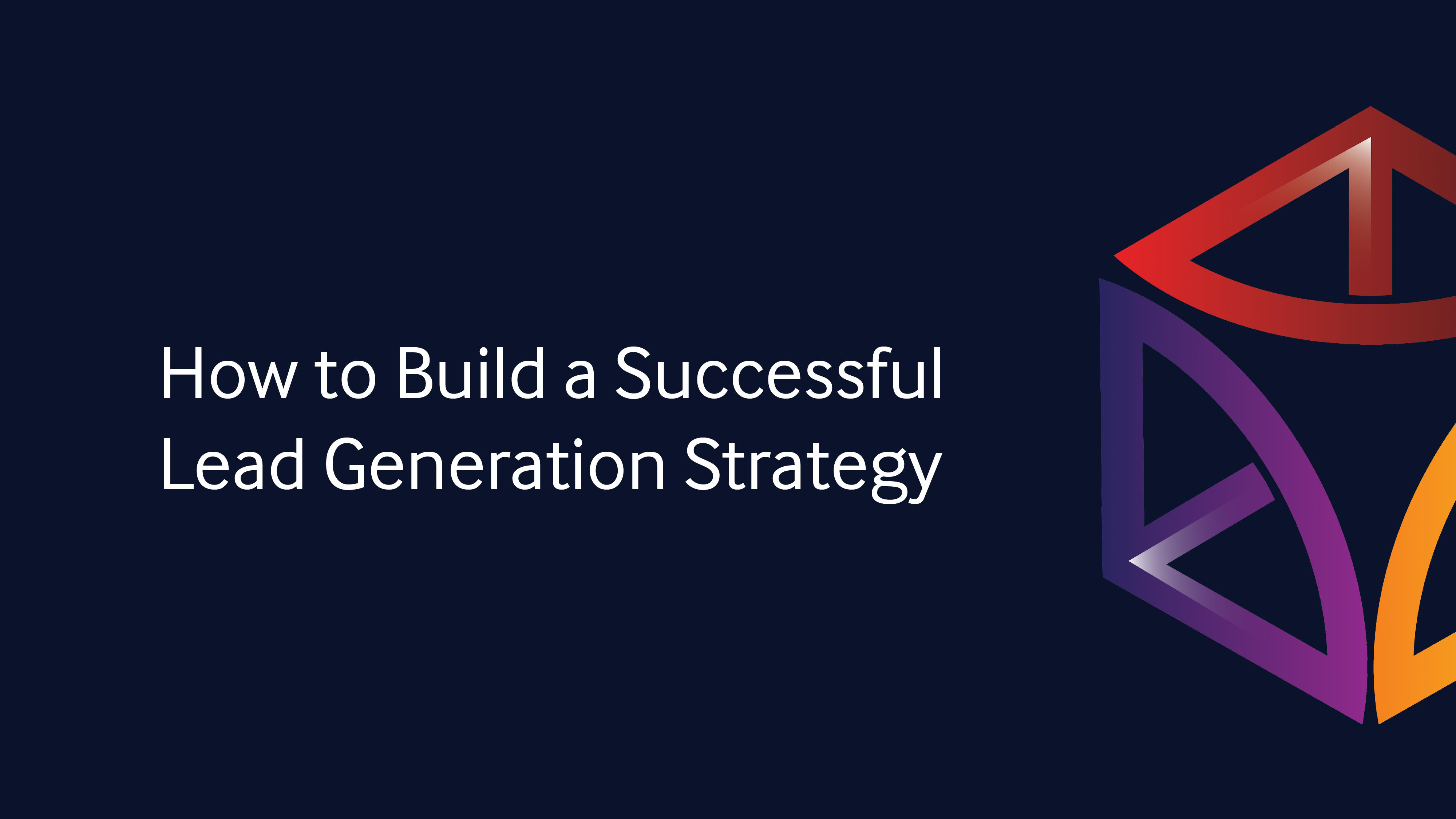How to Create a Customer Experience Strategy: Case Study
11 minutes read
Today's customers demand better experiences from the brands they interact with. To improve your customer experience, you will need to build an effective strategy. Such a strategy should create long-term relationships with customers by addressing their specific needs throughout their purchase journey.

Table of Contents
- How to Create a Customer Experience Strategy: Case Study
Customers today are prioritizing experiences over everything else when making purchase decisions. As such, finding a way to close the customer experience gap — that difference between the expectations of your customers and how well your company believes it is meeting those expectations — is more critical than ever if your business is to stay competitive.
The customer experience strategy can be effectively applied to both B2B and B2C scenarios based on the market feedback. Moreover, marketers are increasingly stepping outside communication channels to develop D2C experiences.
Today's consumers demand better experiences from the brands they interact with; according to a recent Salesforce Research survey, 80% of consumers consider the experiences a company delivers as significant as its products and services. As much as 86% of buyers would rather pay more for a product or service if doing so can guarantee them a better customer experience.
Companies that will create better customer experience objectives will reap bountifully; research shows that enterprises with yearly earnings of $1 billion or more earn as much as $700 million every year within three years of substantial CX investments.
To improve your customer experience, you need to build a compelling customer experience strategy. This article will explore a CX strategy, its challenges, best practices, and benefits to your business.
How to Improve Customer Experience Strategy and Harness Its Challenges
What is a customer experience strategy? Let's start by defining customer experience (CX). Customer experience is not only the overall impression of your company; it's all about your brand, products, and services. Customer experience takes a holistic approach beyond a company's customer service department; it involves everyone in the organization. Some of the factors that are typically at play in great customer experiences include:
- Does your product or service's performance blow customers away?
- Are they satisfied by the attention they receive from your customer support reps when helping them solve a problem?
Unlike customer service, customer experience doesn't focus on one specific interaction with a customer at a given time. Instead, it considers the entire customer journey and seeks to build long-term customer relationships.
On the other hand, a customer experience strategy refers to all the actionable plans a business has set toward delivering an excellent, meaningful experience for its customers in all their interactions across various channels.
A CX strategy must incorporate all touchpoints in the customer journey, from awareness and discovery to purchase and customer loyalty. Moreover, it should create long-term customer relationships by addressing their specific needs throughout this journey.
Challenges when creating a customer experience strategy
There are several challenges businesses face when developing a compelling customer experience strategy. These include:
Personalizing customer experience at scale
There is a big difference between providing personalized experiences to each customer and delivering a one-size-fits-all experience. The former requires businesses to understand their customers enough to anticipate their needs and provide relevant experiences that add value. On the other hand, the latter is the mass production of experiences with little or no customization, leading to customer frustration and, ultimately, churn.
Responding in real-time to customer needs
Businesses need to respond quickly to customer needs as they arise. This requires real-time data collection and analysis so that they can make the necessary changes to their CX strategy on the fly.
Creating consistent omnichannel experiences
Customers today interact with businesses across various channels, including in-person, online, over the phone, and through social media. Customers today want a consistent customer experience from companies across multiple channels.
Forrester reports that companies with robust omnichannel engagement strategies record a 10% year-on-year growth, a rise in close rates of 25%, and a 10% higher average of their order values. Businesses must create consistent experiences across all these channels so customers can quickly move from one to the other without feeling disoriented or frustrated.
Managing customer expectations
With the rise of social media, customers today are more informed and have higher expectations than ever before. They are quick to voice their displeasure when their expectations are not met. It would be prudent for businesses to manage customer expectations by setting realistic ones and consistently delivering on them.
Measuring the right metrics
There are a lot of metrics businesses can track based on their customer experience objectives. Companies need to identify the metrics that matter the most to their trade and focus on those. Some of the most helpful CX metrics include customer satisfaction (CSAT), net promoter score (NPS), customer effort score (CES), and first contact resolution (FCR).
How to improve customer experience strategy
There are several ways that business enterprises can solve these and other challenges to improve their customer experience management. They include:
Use omnichannel communication to analyze customer journeys across digital and live channels
Businesses need to understand how customers interact with their brands across channels. They can use various tools, such as heat maps and session recordings to analyze customer journeys and identify areas where they may be getting stuck.
Understand your customers' most preferred channels to get in touch and react faster to their requests
Customers today expect businesses to be available on their preferred channels. Companies can use customer data to understand which channels their customers prefer, make sure they are available, and promptly respond to customer requests.
Predict customer behavior and cover demand on time
Businesses can proactively address problems and deliver relevant experiences by predicting customer behavior and needs. Data analysis can help companies identify trends and patterns to take the necessary steps to improve their CX strategy.
Automate processes to improve efficiency and reduce costs
Businesses can automate processes such as lead capture, data entry, and marketing campaigns. Automating these processes can help companies improve efficiency and reduce costs by freeing employees' time to focus on more critical tasks.
Build data connectivity and save time communicating with the right customers at the right time
Businesses should connect data from various sources, such as CRM systems, social media platforms, and customer surveys. They can then use it to segment customers and deliver the right message to the right customer at the right time.
Measure CX across various channels and operate faster with customer data
Collect customer feedback across channels and use it to identify areas where you can improve customer experience. Use customer data to decide how to allocate resources so that you can operate faster and enhance the customer experience.
Get a singular view of each customer
Use customer data to get a 360-degree view of each customer. This will help you understand their needs and how best to serve them.
Receive insights, analyze patterns and behaviors, and understand buyer's values and triggers
Use customer data to receive insights into customer behavior. Your business can develop more effective marketing and sales strategies by understanding a buyer's values and motivations.
Customer Experience Strategy Best Practices
What makes a great customer experience? The following are some of the best practices for creating a customer experience strategy:

- Deliver real-time data updates - Customers today expect businesses to be able to provide them with up-to-date information. Make sure you have a system that can provide them with real-time data updates.
- Supply personalized content at the top of your sales funnel - Use customer data to segment your customers and deliver personalized content to them at the top of your sales funnel.
- Streamline customer communication - Customers should be able to get in touch with your business quickly. Set up a system that allows them to quickly and easily communicate with you.
- Create an omnichannel customer experience - Make sure your customer experience management techniques are consistent across all channels; your customers expect nothing less.
- Evaluate customer engagement - Find out how engaged your customers are and what you can do to improve their engagement.
- Analyze customer feedback - Use customer feedback to identify areas where you can improve your customer experience.
- Incorporate a "customer first" mentality in your organization - Make sure that everyone in your organization is aware of the importance of customer experience and is working towards providing an excellent experience for your customers.
The Benefits of Providing Great CX
There are many benefits of providing a great customer experience, including:
- Increased brand loyalty - Customers who have a positive experience with your brand are more likely to be loyal to your brand.
- Increased sales - Creating positive customer experiences will undoubtedly lead to customers making more purchases from your brand.
- Improved customer retention - The way to retain customers is to ensure they have a positive experience when interacting with your brand and its products or services.
- Reduced customer churn - You can expect lower customer attrition levels as you invest more in customer experience.
- Increased customer lifetime value - You can increase your customers’ lifetime value by ensuring all the interactions customers have with your brand and product or service are positive.
Customer Experience Strategy: Case Study
Consider this scenario:
A large insurance company that sells life insurance policies develops a new customer experience strategy to improve interactions with its customers. It decides to leverage various technologies, including process automation, data consolidation and management, and data analysis.
The company’s customer experience strategy includes the following components:
- Process automation - The insurance company automates various processes, including quote generation, policy application, and claims processing. This allows it to provide a faster and more efficient customer experience.
- Data consolidation and management - Consolidating customer data from various sources and managing it in a central repository gives the company a single view of the customer, which helps to improve customer service and support.
- Data analysis - Leveraging data analysis to get a 360-degree view of every customer. This customer data profiling helps the insurance company better understand customer behavior and preferences..
- Effective collaboration between many departments while working with multiple customers - The insurance company puts in place processes and systems that allow for effective collaboration between its various departments, making a consistent and coordinated customer experience possible.
- Prediction of customer behavior to build the sales strategy - The insurance company uses data analysis to predict customer behavior. This helps the company develop its sales strategy and target its marketing and sales efforts more effectively.
Here's an example scenario of a CX strategy in action for the insurance firm:
A customer service agent is talking to a potential customer on the telephone. They are notified that the customer they’re talking to just requested a quote on a life insurance policy a few minutes ago directly through the insurer's website.
The customer service agent seamlessly modifies that quote and sends it back by text with personalized options for the customer. The customer goes ahead to finalize their purchase on their mobile phone while getting the right advice in real-time from the agent.
The insurer can streamline an otherwise complicated process of managing the same customer across different channels through process automation, data consolidation, and data analysis.
How Intelligent Automation Can Enhance Your CX Strategy
To create a customer experience strategy that works, you need to ensure that you're using the right tools. Intelligent automation is one of the most powerful tools to help with this.
Intelligent automation revolves around:
- Automated tasks and workflows - building effective collaboration between employees, and getting extra time for revenue-focused tasks
- Consolidated data - getting easy access to the data, faster reaction to customer requests from all communication channels
- 360-degree view of each customer - making quick analysis of customer profile, customer journeys and engagement steps
- Prediction of customer behavior - getting insights to build only successful sales strategies, and decrease the customer churn.
Here are some ways in which intelligent automation can help:
- Improving the quality and speed of responses - respond to customer queries faster and more accurately
- Advanced data analysis and AI prediction - analyze a big volume of data and make predictions of future outputs
- Integrated experience across all touchpoints - build omnichannel customer experience to make cross-sells and get new deals.
As a result, the business can update customer requests and records with ease and in real-time, improving the customer experience it provides.
Key Takeaways
Creating a great customer experience is essential for organizations today. Follow these key takeaways while creating a customer experience strategy:
- Consumers are demanding better experiences from the brands they interact with
- A customer experience strategy must incorporate all touchpoints in the customer journey, from awareness and discovery to purchase and loyalty
- Providing an excellent customer experience will increase brand loyalty, reduce customer churn, and bring new deals Intelligent automation is one of the most powerful tools to build an effective CX strategy.
Put It Forward's Intelligent Automation platform provides integrated data services in a single tool. It helps organizations to grow their businesses using process automation, data integration, and advanced data analytics coupled with predictive AI.
Leverage the Put It Forward's data platform to enhance your CX strategy.
Do you want to get a free consultation with Put It Forward experts? Please share your request, and we’ll contact you.

Elsa Petterson
Partner success manager @ Put It Forward











